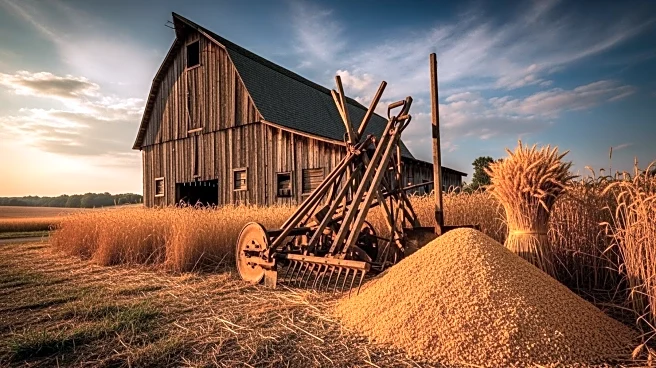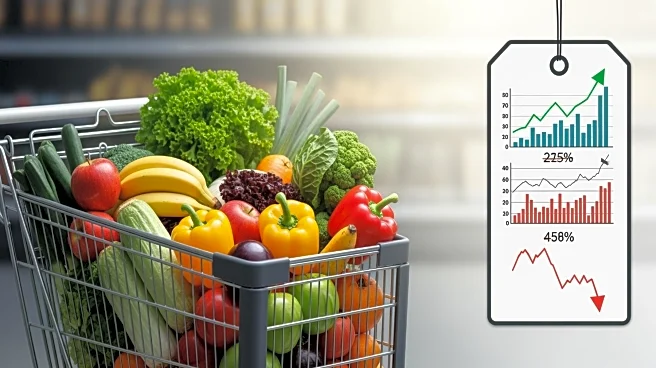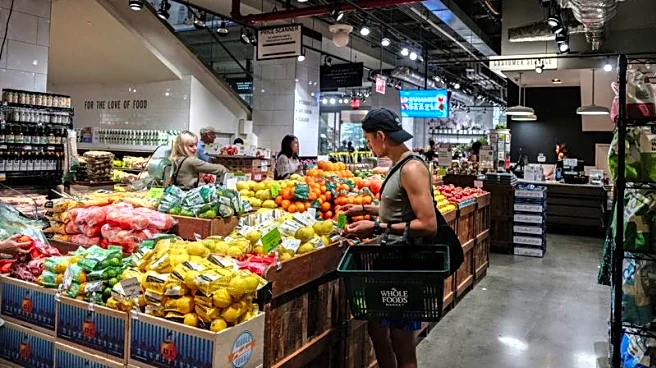What's Happening?
As of October 22, 2025, President Trump's trade policies are once again affecting the American agricultural sector, leading to increased farm input costs. This situation is reminiscent of the period between
2018 and 2020, which was marked by trade wars and retaliatory tariffs. Farmers are concerned about the potential resurgence of these policies, which previously led to significant increases in the cost of essential farming materials such as steel, aluminum, fertilizers, and chemicals. These cost hikes directly impacted the financial health of many agricultural operations. The renewed discussions of broad tariffs have raised concerns about market disruptions, reduced competitiveness, and the long-term viability of family farms.
Why It's Important?
The increase in farm input costs due to trade policies presents a significant challenge for the agricultural sector. Companies that rely heavily on imported raw materials, such as steel and aluminum, are likely to face increased production expenses, which could pressure profit margins. This situation could lead to higher costs for farmers, further straining an already challenged market. Conversely, domestic suppliers of raw materials might benefit from reduced foreign competition. However, the broader agricultural downturn could suppress demand across the sector. The financial strain on farmers could also impact agricultural lenders and insurers, potentially leading to higher loan defaults or increased claims.
What's Next?
Farmers may prioritize cost-cutting measures, such as delaying equipment upgrades and exploring alternative suppliers. Government responses, including aid programs or trade negotiations, will be critical in influencing the financial health of farms. In the long term, the industry may see accelerated adoption of precision agriculture technologies to optimize input usage. Farmers might also explore diversification of crops or markets to reduce reliance on specific commodities vulnerable to trade disputes. The overarching challenge remains the potential for sustained high input costs and volatile commodity prices, which could lead to continued narrow or negative profit margins.
Beyond the Headlines
The renewed threat of rising farm input costs due to trade policies could reshape the agricultural landscape, influencing industry trends, supply chains, and policy discussions. This event fits into a broader trend of increasing protectionism and geopolitical tensions, which often disproportionately impact commodity-dependent sectors like agriculture. The ripple effects extend beyond the farm gate, potentially leading to higher food prices for consumers and inflationary pressures across the economy. Regulatory and policy implications are significant, as farmers may intensify calls for government intervention to alleviate the burden.













